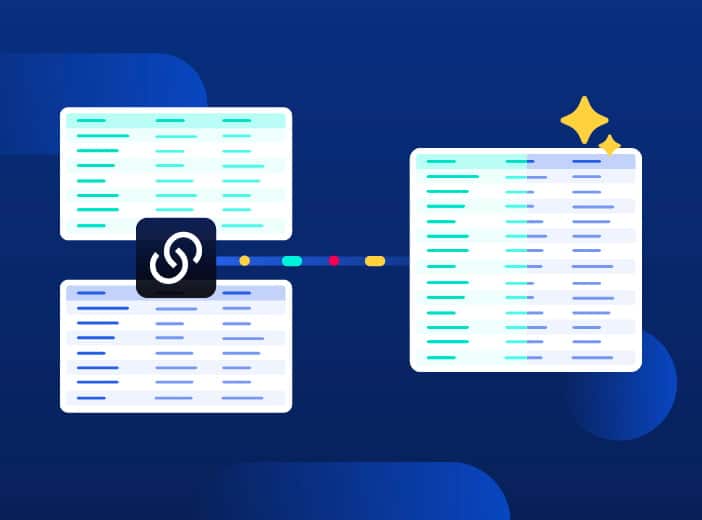Glossary
Public sector data
Public data refers to all information made freely available by government bodies or local collectivities.
Public data comes in many forms. In terms of government data, it could be the texts of laws, performance metrics for local councils, or lists of councilors within municipalities. It could also be transportation, geographic/mapping or weather data. All of these are examples of information made available to citizens by public and private institutions. What exactly is public data? Who uses it? Why do they use it?
What is public data?
Public data refers to all information made freely available by government bodies or local collectivities. This data is in the public domain. It is different to open data, which is a subset of public data. Open data is structured and well-maintained data that is therefore easier to understand, access and consume. By contrast public data can be difficult to find, or (in the case of public bodies), require the submission of a Freedom of Information Act to retrieve it.
It should not be confused with:
- Public sector data: data produced/released by public sector organizations, such as municipalities and governments. This could be the minutes of meetings or data
- Public interest data: data released by public and private sector organizations to the general public, often to meet regulations. Punctuality information released by a train operator would be an example of public interest data
- Open data: open data is public data that has been structured to make it understandable to users. It is estimated that around 7% of public data is open data.
Public data: starting the shift to data democratization
Public data refers to information that is publicly available to all. It can be produced by both public institutions or the private sector.
Legislation makes it mandatory for some sectors, such as government bodies, to publicly share their data to enable transparency and good governance.
- The US Freedom of Information Act (FOIA) compels federal agencies to disclose information and records on request, provided it does not breach confidentiality restrictions. Other countries have similar laws.
- In Europe, one of the key objectives of the GDPR is to make it easier for individuals to demand that organizations share with them any data that they hold on them – and to erase it if requested (the right to be forgotten).
- Other sectors, such as private and public healthcare, energy and transport, may be compelled to share data publicly by local regulations.
Note, however, there are some restrictions on the publication of information held by the private and public sectors:
- Personal data relating to privacy;
- Data relating to national security;
- Information subject to intellectual property rights.
A wide variety of public data
Publicly available data encompasses a wide range of highly varied information:
- Administrative documents: such as income tax returns.
- Official texts: bylaws of municipalities, laws, decrees, etc.
- Public surveys: for example, if a local survey is conducted as part of a development project, it must be made available to the residents of the municipality.
- Reports: such as the IPCC report which monitors efforts to reduce climate change.
- Regional data: geographical, cultural and historical data, data related to tourism, urban planning, etc.
- Personal data: data held by private and public bodies on individuals, such as information collected by digital/social media firms.
- Company reports: information on company performance, including financial information, progress towards objectives and CSR performance.
At the level of data dissemination methods, organizations have a number of choices. They can proactively publish information on websites, open data portals, apps, or via physical means (posters, letters) or they can reactively respond to requests for information.
Publishing public data in open data formats and through compelling visualizations (such as maps, graphs, or dashboards) provides additional advantages for transparent communication, enhancing the attractiveness of information, as it allows users to easily interact with data.
Who uses public data?
Public data should be available to be used or reused by everyone, whether citizens of organizations. These actors can then use the data for purposes other than those initially intended in order to enrich their own datasets or to create new solutions or apps.
In all cases, the reuse of this data must be straightforward for any person who has a need or interest in doing so, within clear legal/license conditions. Users may be:
- private sector companies
- public authorities
- charities/civil society groups
- the media
- members of civil society
Why use public data?
Data made publicly available can serve multiple interests. Here are some of the most common:
- Greater transparency: anyone can monitor public or private sector administrations, their performance, and their progress against targets. For example, luxury goods company Kering makes its progress against sustainability goals public through data released on its website.
- The creation of new services: by accessing publicly available data, third parties can create new services. For example, a mobility company might create an app that brings together data from multiple transport providers (bus, train, taxi, ebike).
- Regulatory compliance: providing data to the public, and other stakeholders, such as regulators, enables organizations to comply with legislation around their activities.
- Improved innovation: sharing data publicly can drive innovation. For example, it can be used for hackathons, internal/external competitions or analyzed by citizens and others in new ways.
Opendatasoft helps public and private organizations to share their data publicly, particularly via open data. This allows them to improve their transparency, increase the effectiveness of their teams and to offer stakeholders new ways of interacting with them.
Learn more

Blog
Opendatasoft boosts data enrichment, even when using the largest reference sources
Enriching your data is a key step in creating relevant insights and analysis that drives value. However, when it comes to using massive reference sources such as national company databases, detailed weather data or geographic/administrative boundary datato enrich your data, technical limitations often become a challenge.

Blog
Successfully scaling data products – best practice from McKinsey
Data products are central to increasing data consumption across the organization. But how can you ensure your data product program delivers lasting value? We explore the latest best practice from McKinsey, designed to scale data product creation and usage.

Blog
Combining data mesh and data fabric to drive greater data consumption
How can businesses organize their technology stacks to ensure that they both operate efficiently and meet the goal of increasing data consumption? We look at the importance of combining data mesh and data fabric approaches to drive success.
